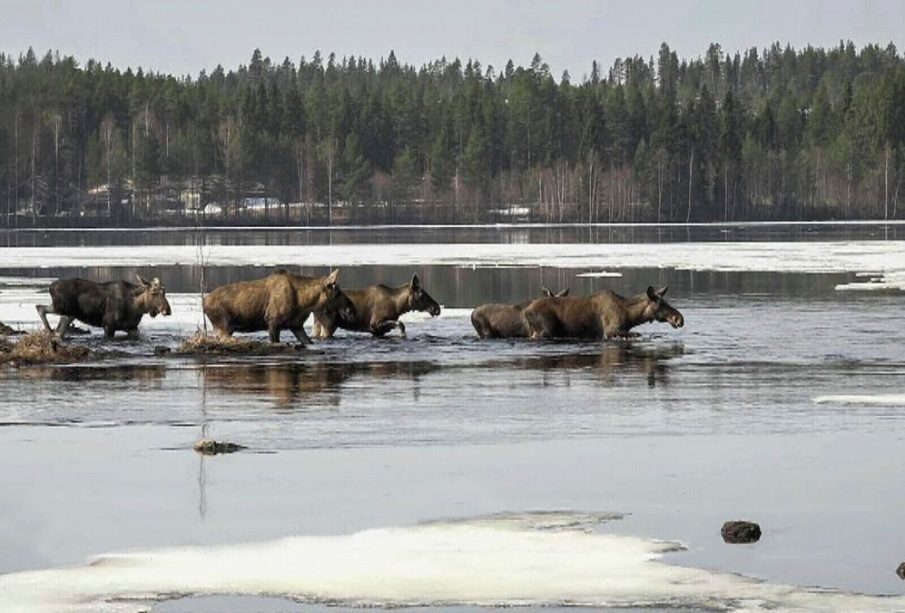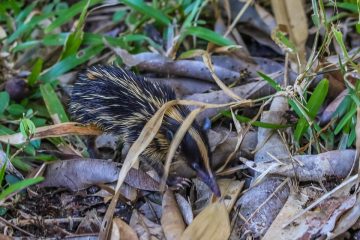Understanding Moose Migration in Sweden

Introduction
Moose migration in Sweden is a topic of significant ecological importance, shedding light on the behavior and patterns of one of the country’s most iconic mammals. As climate change continues to influence wildlife, understanding the dynamics of moose migration offers insights into their adaptability and the health of Sweden’s ecosystems.
The Moose Migration Pattern
Sweden is home to one of the largest populations of moose in Europe, with estimates suggesting around 300,000 individuals. Each year, typically in late summer and early fall, these majestic animals embark on their migration across vast landscapes in search of food and suitable habitats. Moose primarily migrate to areas with abundant browse, including young trees and shrubs that serve as their diet.
During the migration season, moose can cover impressive distances, often moving between forested areas and agricultural lands. Research indicates that their migration is closely tied to the changing climate; as temperatures shift and snowfall patterns alter, moose are forced to adapt their movements to find accessible resources. For instance, warmer winters have allowed moose to migrate earlier, affecting their interactions with other wildlife and vegetation.
Environmental Impact
The migration of moose is not only significant for the species but also for the ecosystems they inhabit. Moose can influence forest dynamics through their feeding habits. By browsing on certain plants, they can help maintain a balanced ecosystem by controlling plant overgrowth and promoting biodiversity. However, this impact also comes with challenges; increased moose populations can lead to extensive damage to young trees and agricultural crops, leading to conflicts with farmers.
Conservation and Management
In light of their vital role in the ecosystem, conservation efforts are increasingly focused on monitoring moose populations and their migratory patterns. Researchers and wildlife authorities in Sweden utilize GPS collars and tracking systems to gather data on moose movements, migration routes, and population health. This information is essential for developing effective management strategies that aim to balance agricultural interests with conservation goals.
Conclusion
The migration patterns of moose in Sweden carry significant implications for both the species and the ecosystems they inhabit. As climate change continues to impact wildlife behavior, ongoing research and monitoring are crucial to ensure the coexistence of moose and human interests. Understanding these migratory trends not only enhances our knowledge of moose ecology but also informs conservation strategies that are essential for sustaining Sweden’s natural heritage. In the years to come, the adaptability of moose will be a key indicator of how wildlife responds to a rapidly changing environment.









